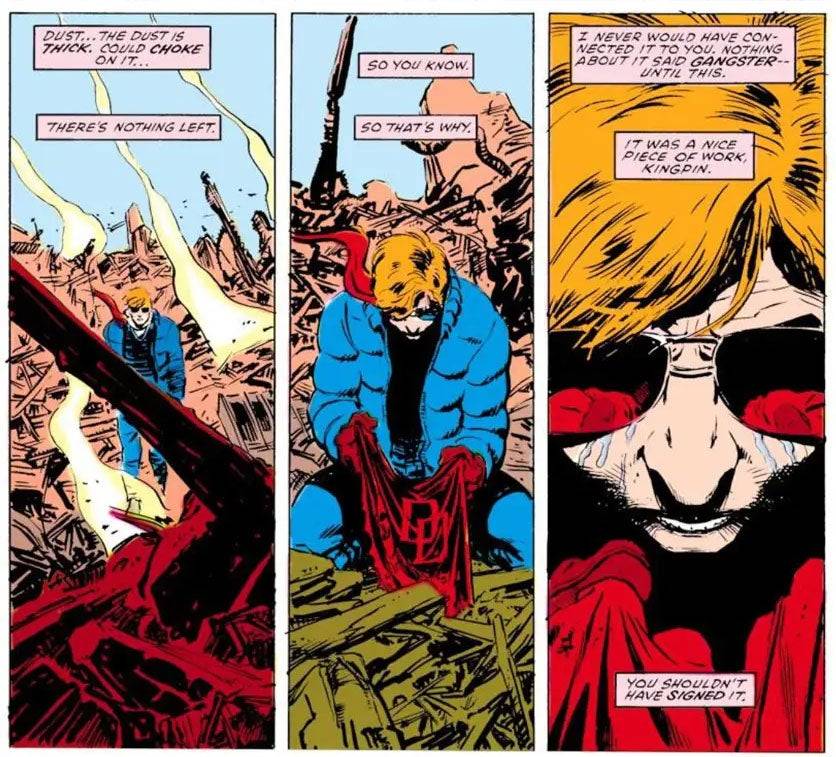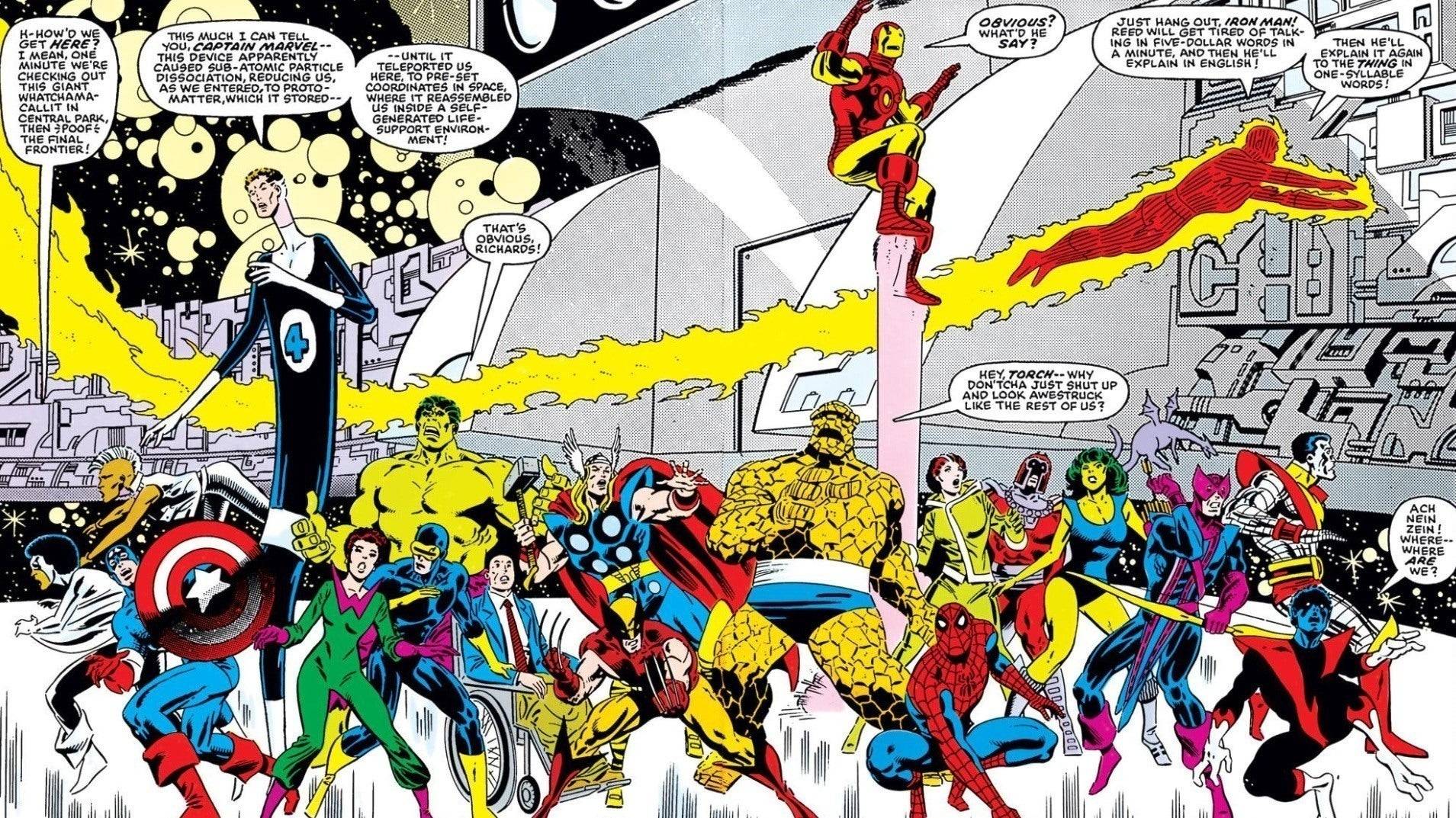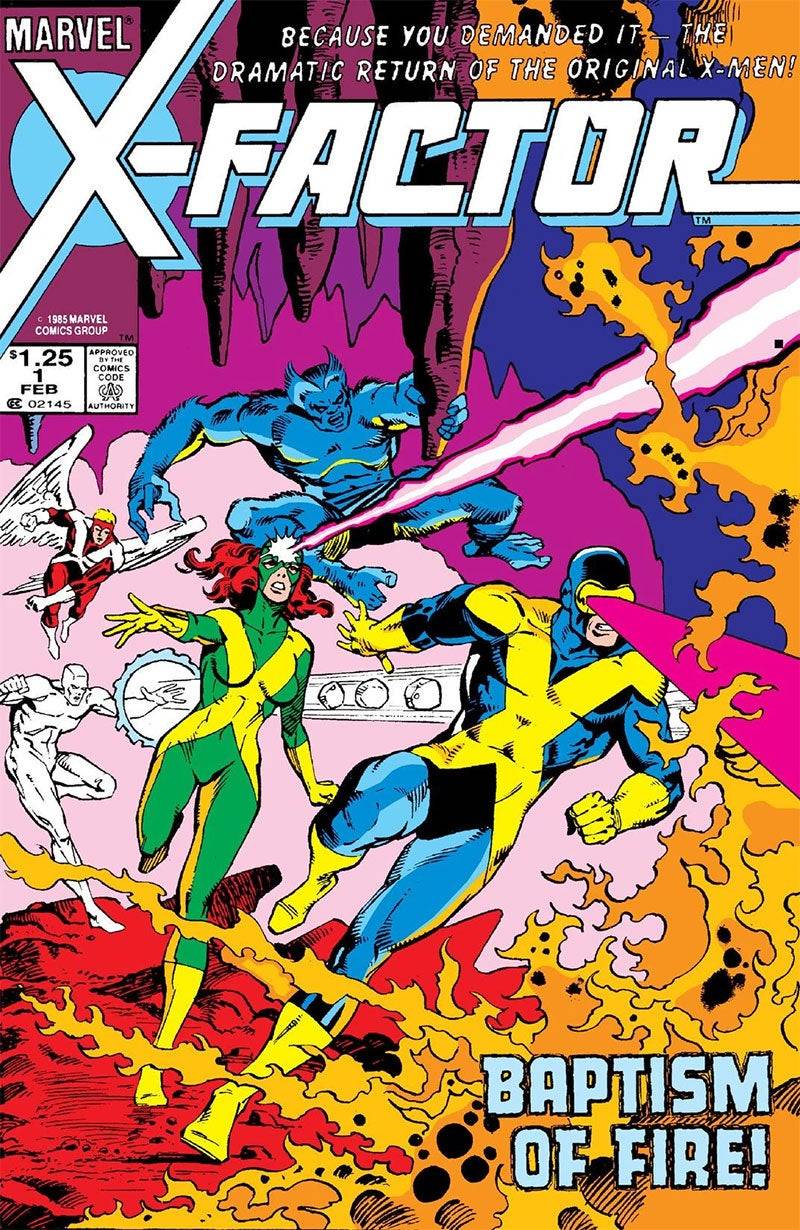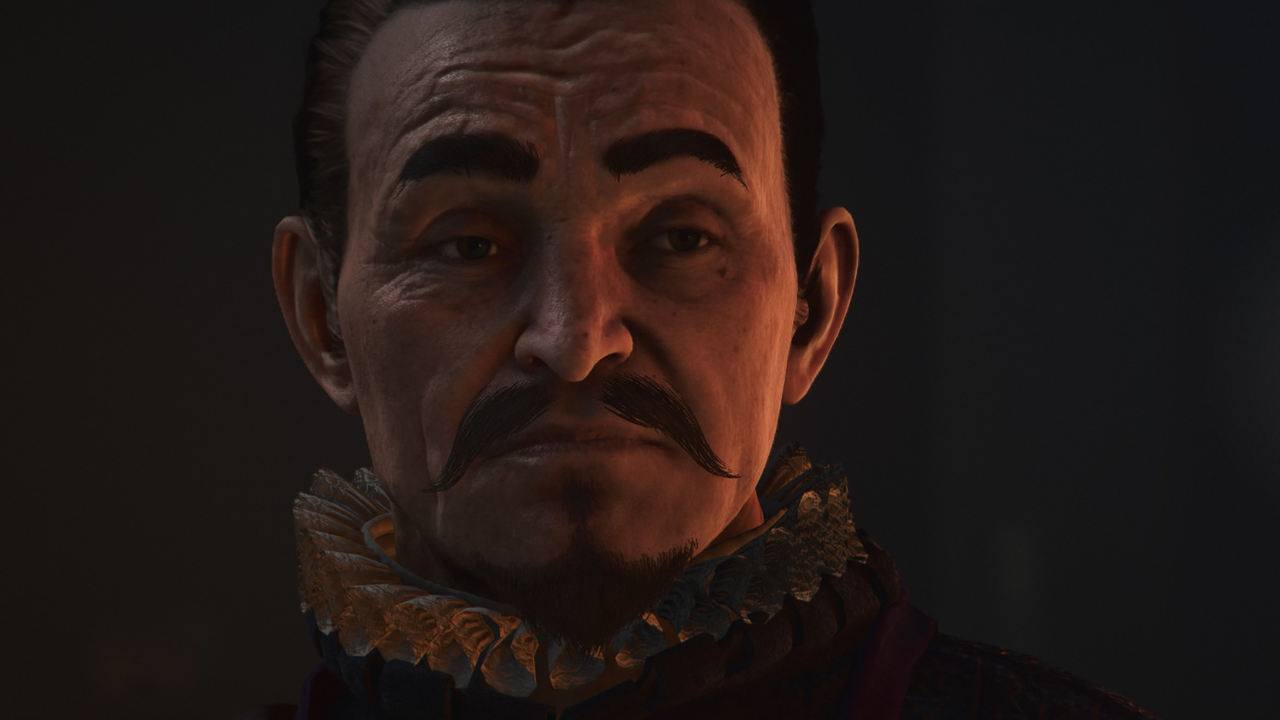How Frank Miller Returned to Daredevil for Born Again
During the mid-1980s, Marvel Comics experienced a golden era, marked by both creative excellence and financial prosperity. After overcoming the financial challenges of the late '70s, largely thanks to the success of Star Wars, Marvel was poised to revolutionize the comic industry with the introduction of Secret Wars in 1984. This event not only reshaped the Marvel Universe but also set a new standard for the comic industry, influencing the direction of Marvel's iconic heroes and villains for years to follow.
This period also saw the publication of other landmark stories such as Frank Miller's Born Again arc in Daredevil, the revival of Jean Grey in X-Factor, and Walt Simonson's Surtur Saga in Thor, among others. In this article, we will delve into these pivotal stories and explore other significant narratives from this dynamic era. Join us as we continue our series on the essential issues of Marvel with Part 8.
More Essential Marvel
1961-1963 - The Birth of a Universe 1964-1965 - The Sentinels Are Born and Cap Dethaws 1966-1969 - How Galactus Changed Marvel Forever 1970-1973 - The Night Gwen Stacy Died 1974-1976 - The Punisher Begins His War on Crime 1977-1979 - Star Wars Saves Marvel From Bankruptcy 1980-1982 - Did the Dark Phoenix Saga Usher in the Greatest Decade for Marvel?
Frank Miller's Born Again and Walt Simonson's Surtur Saga
For some of the most acclaimed storylines of this period, look no further than Born Again, Frank Miller's return to writing Daredevil, this time with David Mazzuchelli on art. Spanning Daredevil #227-233, this arc is often considered the definitive Daredevil story. The plot sees Karen Page, in a state of addiction, selling Daredevil's secret identity for heroin, leading to the information falling into the hands of the Kingpin. He then uses it to dismantle Matt Murdock's life, leaving him homeless, jobless, and isolated. At his lowest point, Matt is saved by his mother, a nun named Maggie, which marks the beginning of his journey back to becoming Daredevil. The story's exploration of Matt's recovery and Kingpin's descent into fanaticism is a true masterpiece. This narrative inspired Season 3 of Netflix's Daredevil and will influence the upcoming Disney+ series Daredevil: Born Again.

Simultaneously, Walt Simonson's tenure on Thor, starting with #337 in 1983, introduced Beta Ray Bill, an alien worthy of wielding Mjolnir. Simonson revitalized Thor's narrative, bringing it back to its mythological roots. His crowning achievement, the year-long Surtur Saga from #340-353, saw the fire demon Surtur plotting Ragnarok with the Twilight Sword. Sending Malekith the Accursed to distract Thor, Surtur aims to complete his weapon. The saga culminates in a dramatic confrontation involving Thor, Loki, and Odin against Surtur. Elements of this epic were later adapted into films like Thor: The Dark World and Thor: Ragnarok.
Secret Wars Changes Comics Forever
As discussed in Part 4 of this series, the Avengers/Defenders War of 1973 was an early example of the event crossovers that would become a staple for Marvel and DC. This trend fully materialized with the 1984 release of Secret Wars, a 12-issue miniseries by Jim Shooter, Mike Zeck, and Bob Layton. Born from a marketing deal with Mattel, the story involved the cosmic entity, the Beyonder, transporting Marvel heroes and villains to Battleworld to fight and determine the supremacy of good versus evil. While Secret Wars is celebrated for its wide-ranging impact on the Marvel Universe, it is critiqued for its lack of character depth and coherence. The subsequent Secret Wars II and DC's Crisis on Infinite Earths solidified the event-driven narrative model in comics.

Spider-Man’s Symbiote Suit and Other Iconic Spidey Stories
Following the foundational work of Stan Lee and Gerry Conway, Roger Stern took over the Amazing Spider-Man with issue #224, bringing the series back to its expected high standards. Stern's notable contributions include the introduction of the Hobgoblin in #238, a formidable adversary for Spider-Man. Although Stern's original saga was cut short with his departure after #251, he later concluded the story in the 1997 miniseries Spider-Man: Hobgoblin Lives.
Stern's exit coincided with another significant moment in Amazing #252: the introduction of Spider-Man's black symbiote costume. Originating from Secret Wars #8, the symbiote's debut led to a lasting subplot culminating in the introduction of Venom. This costume has been adapted numerous times across various media, though the Battleworld origin is often omitted. Another key story from this time is The Death of Jean DeWolff in Spectacular Spider-Man #107-110, a dark tale where Spider-Man confronts the Sin-Eater, who killed his ally Jean DeWolff, and clashes with Daredevil over justice.

Jean Grey Returns, the Rise of Apocalypse, and Other Mutant Landmarks
The mid-1980s were also a transformative time for Marvel's mutants. Vision and the Scarlet Witch #4 confirmed Magneto as the father of Quicksilver and Scarlet Witch, a backstory that remained canon until 2015. X-Men #171 saw Rogue defect from the Brotherhood of Evil Mutants to join the X-Men, solidifying her role as a beloved heroine. Magneto's heroic turn in X-Men #200 led to him taking charge of Xavier's School, a narrative adapted in X-Men '97.
The return of Jean Grey, five years after the Dark Phoenix Saga, was detailed across Avengers #263 and Fantastic Four #286. With no memory of her Phoenix days, Jean reunited with her fellow original X-Men to form X-Factor. X-Factor #5-6 introduced Apocalypse, an ancient mutant enhanced by Celestial technology, who became a major antagonist for the X-Men and beyond. His impact is evident in numerous adaptations, including the 2016 film X-Men: Apocalypse.






























